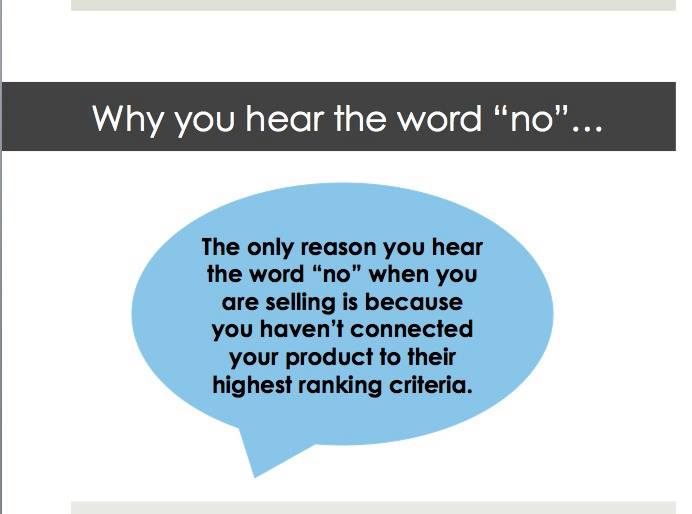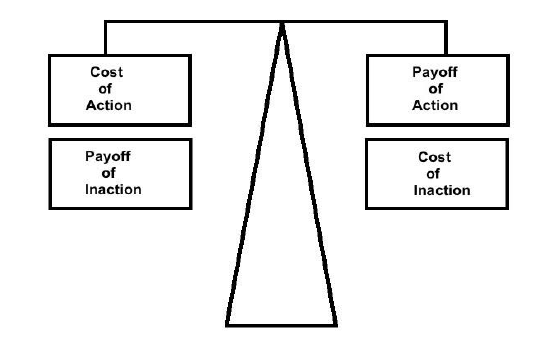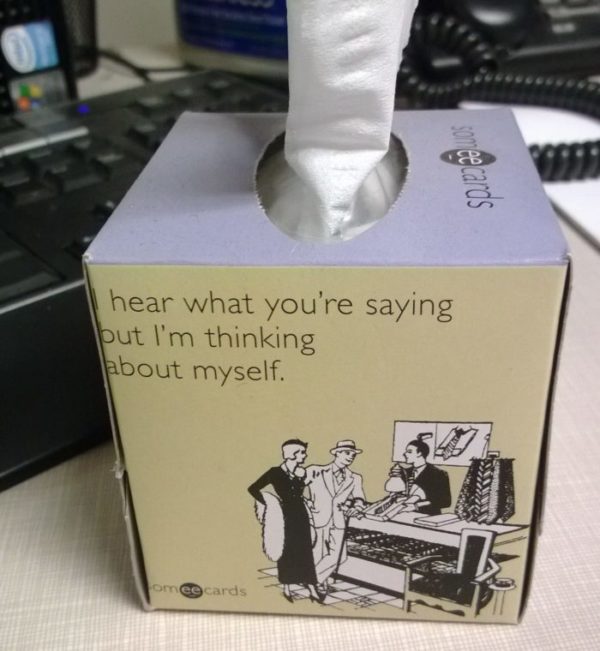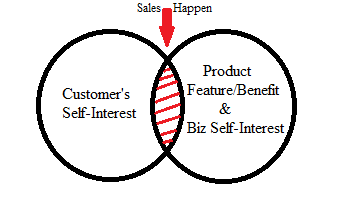[Don’t miss Parts 1 and 2 of this series]
“It’s not a question of how. It’s a question of what. If no one told you that bullets flew straight, and I gave you a gun and told you to hit the target, what would you do?”
Do you remember that scene from the movie Wanted? Wesley, the protagonist, was training to become a Fraternity assassin. Part of the training was learning to curve bullets. Wesley was clueless as to how to make that happen. Sloan (played by the always-dapper Morgan Freeman) described the difficulty as a belief problem.
In the movie, bullets fly straight because the shooter believes that’s how they should act.
An assassin’s belief in his ability to shoot bullets in impossible trajectories makes it possible.
In the same way, your should-be clients’ belief in you, your products, your industry, etc. — and his own ability to “curve bullets” — plays a huge role in their buying decisions.
I hesitate to talk about this…
The concepts of belief and the suspension of disbelief are advanced and powerful; in my attempt to treat the topic properly, I’ve taken forever putting my thoughts on “paper.”
I’ve just recently started sharing this info with private clients, but we’ll talk about it briefly here today. After all, I am committed to helping you win more ‘yeses’ from people who will benefit from your products and services.
Going Beyond Credibility
It should go without saying that a sales message MUST be believable if it’s going to have any kind of positive effect.
Proof elements such as testimonials, scientific or clinical evidence and demonstrations help clear away doubt about whether or not your product does what you say it will.
Most sales pitches work hard to establish the credibility of the salesperson, service provider or manufacturer. They mention degrees earned, awards won, longevity in business and the fancy magazines they’ve been featured in.
All of this is good stuff. Important stuff. People don’t buy when they don’t trust. But credibility in itself isn’t the stuff breakthroughs are made of.
Consider this. Whenever you step into a movie theater or turn Netflix on, you engage in a subtle volitional activity: you flick off the unbelief switch in your brain — or at least put it in standby mode. You know you’re watching a movie…you know parts of the plot are totally unrealistic (in the real world, no man is THAT romantic)…but for the sake of enjoying the story, you accept these things as truth.
That’s why Morgan Freeman can tell us — with a straight face — that the laws of physics don’t matter. That’s why we believe him for 90 minutes.
As in the theater, so in the marketplace (to paraphrase Bill Jayme).
Your marketing message or sales pitch has to strike at the emotional heart of the hearer/reader and create a vision in his mind. For a moment, he has to dissociate from the “real world” and see himself enjoying the benefits he’ll receive after buying from you.
He has to SEE the bullet curve.
You have to create a story and help him watch the plot unfold — with himself as the main character.
He has to see HIMSELF bending the trajectory of the bullet.
How do you make him envision that?
Briefly,
- Talk about a topic the potential client wants to believe, or approach the topic from an angle he wants to believe. Desire forms the basis for vision and belief. (See Business of Belief by Tom Asacker)
- What’s the “big idea” behind the thing you’re offering? Let the story do the heavy lifting. The statistics play a supporting role.
- Say unexpected things. You have to slap people out of their haze to earn their attention. Then keep earning it, or the audience will tune out. Predictability is boring, like in any other story.
- Dig in for the long haul. Be prepared to use a series of messages, because in many cases, the first exposure may not do the trick. The more a person is exposed to something, the more likely he is to believe it (look up the illusory truth effect and mere-exposure theory).
- Be a character. Strong personalities take us on journeys and activate the imagination. Polarizing figures force us to make choices. Don’t you feel like you know the characters on your favorite TV shows personally? You probably have similar feelings about some brands and business people.
What’s the difference between store-brand bottled water and Fiji or another high-end brand? The story. That’s some serious suspension of disbelief at play going on there!
(If you’re interested in learning more on this topic, you may enjoy my in-depth article Belief-Based USP.)




